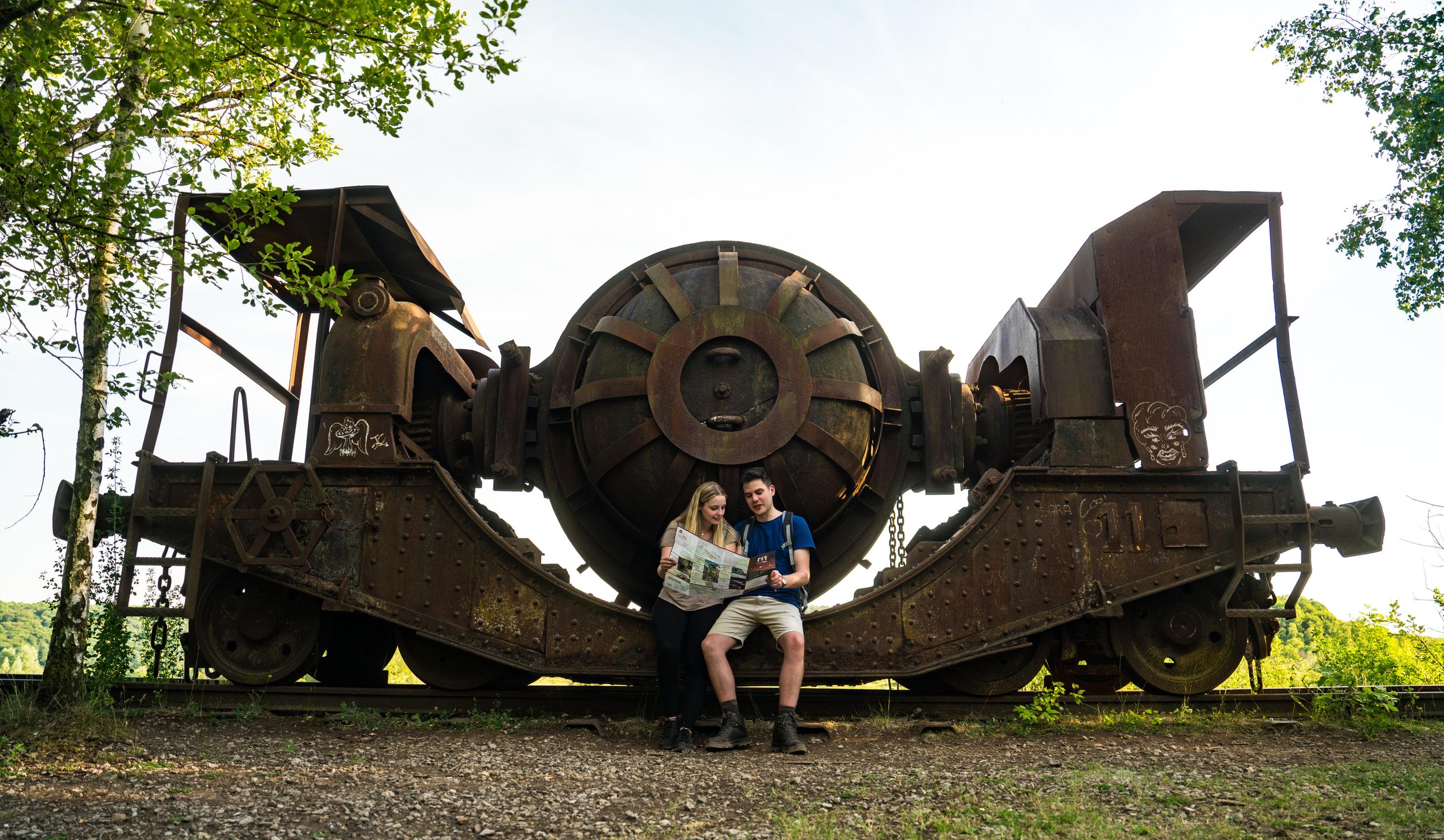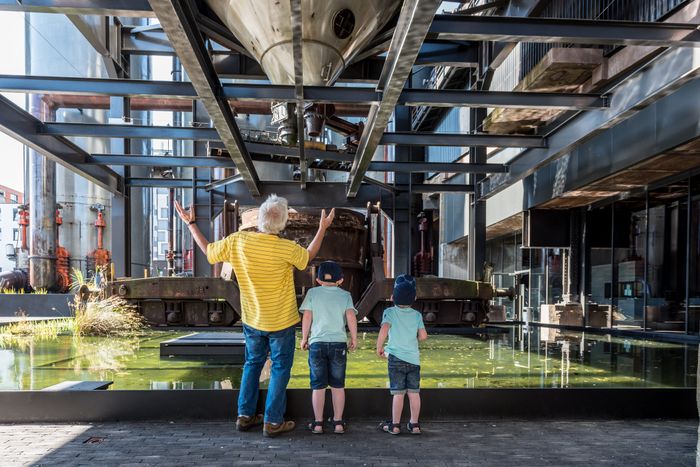De Minett, as Luxembourgers refer to the Land of the Red Rocks in the south of Luxembourg, derives its name from the glowing red iron ore that dominates the natural landscape. The ferrous ore made a substantial contribution to the Grand Duchy’s economic development and rapid rise in prosperity during the mid-19th century.
Following the steel crisis in the 1970s, Luxembourg underwent a successful structural change and embarked upon a new economic course. Fortunately, however, numerous remnants from the bygone steel era remained intact and an area holding fascinating attractions for visitors developed.
These factories needed a large workforce consisting of day laborers and people who came from the center and north of the country. At one point in time (around 1880), a significant contingent of German workers accounted for most of the workforce. The rising labor demand then attracted Italian workers, who throughout history would strongly shape the southern region.
The rapid growth of the population inevitably led to a rapid expansion of the cities. The steelworks created numerous workers' settlements throughout the region, the first being in the immediate vicinity of the factories, such as Hiehl, Neudorf in Esch and the Italian quarter in Dudelange.


